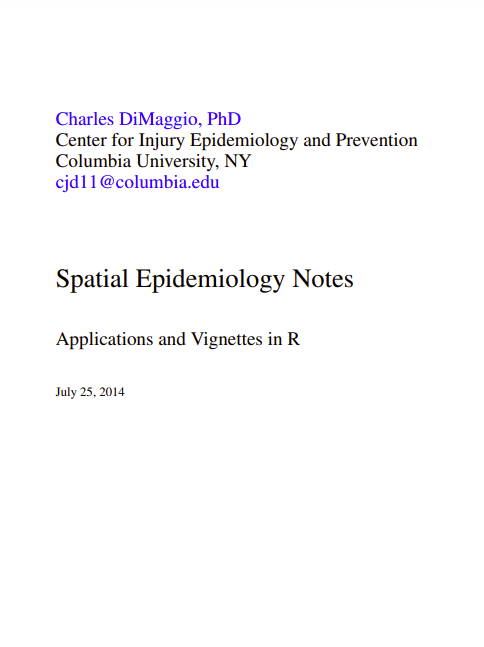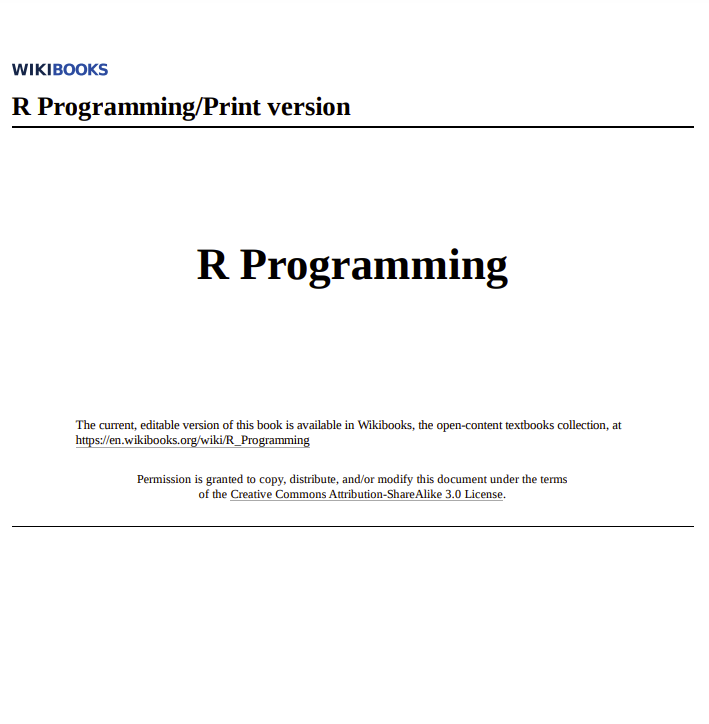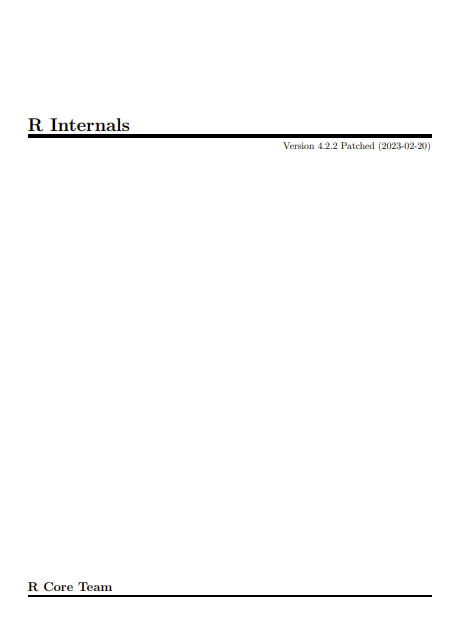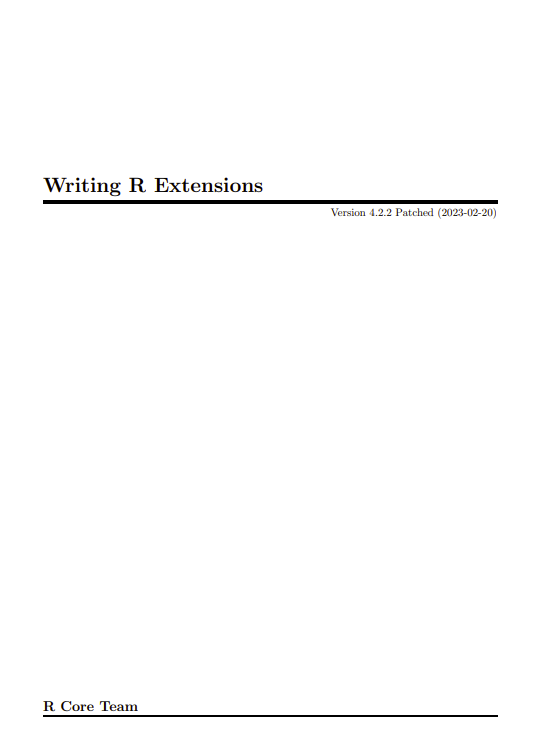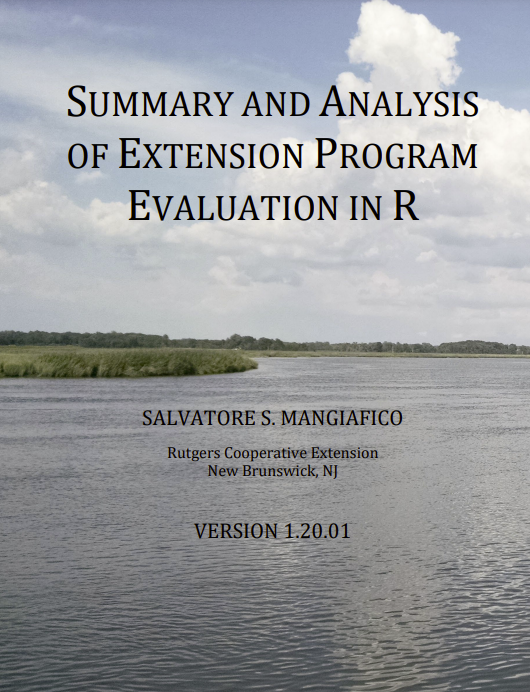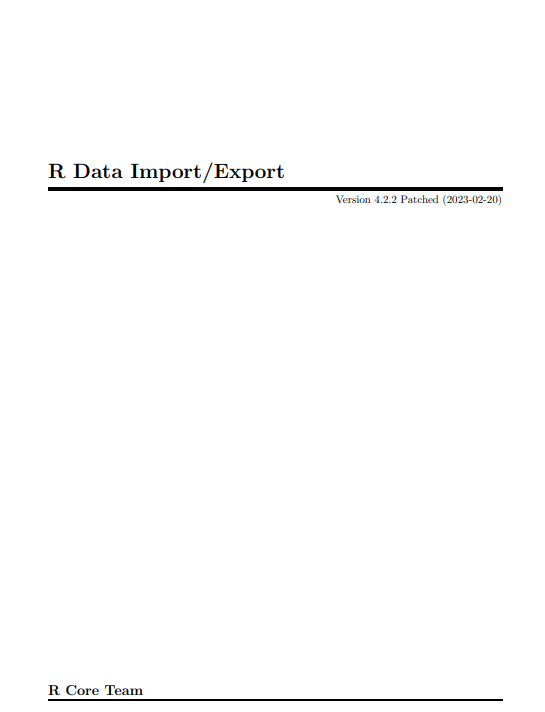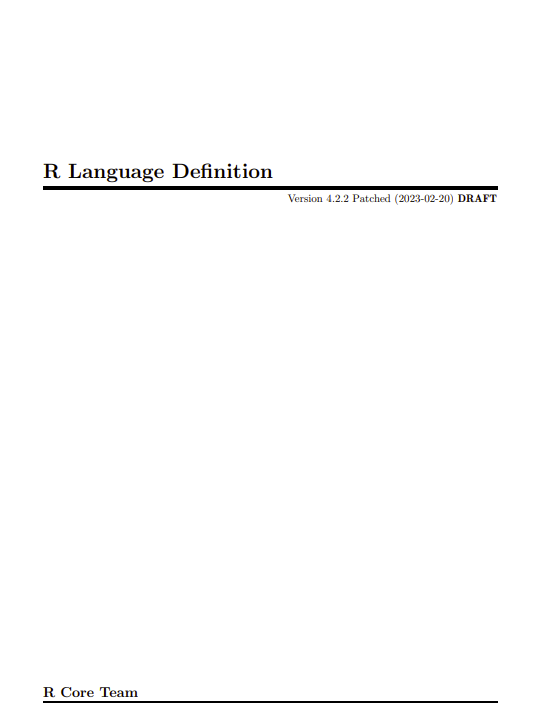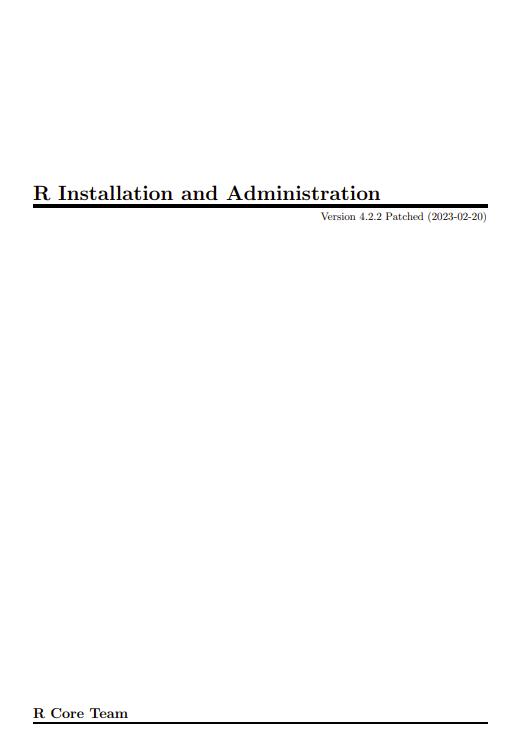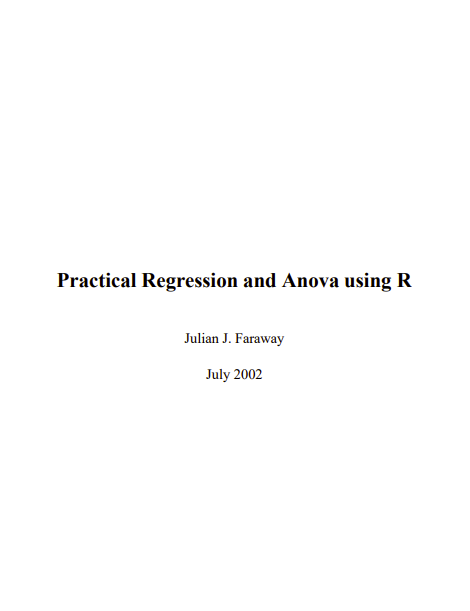These notes, and this first section in particular, are taken in large measure (OK almost completely) from the excellent “Applied Spatial Data Analysis with R” by Roger Bivand, Edzer Pebesma and Virgilio Gomez-Rubio. Buy the book. It is worth it. I also stole some code from a course Dr. Bivand put online.
My intent is to present a relatively brief, non-jargony overview of how practicing epidemiologists can apply some of the extremely powerful spatial analytic tools that are easily available to them. I try to define terms and concepts as simply as possible or at least simply enough so that I understand them. I try to provide enough examples and code so that someone with at least a master’s degree level of training in epidemiology, and some experience and familiarity with R, can start applying these tools almost immediately to their own data and problems.
The material is unapologetically based on the kinds of issues and topics which interest me, and which I’ve spent some time working on. You will find a lot of references to trauma and injury and disease outcomes. You will find a lot of ecological or areal analyses. You will not find much, if anything, about geostatistics. This is the application of spatial statistics to interpolate and predict values and includes topics like kriging. It is simply not something that I’ve had to deal with in my epidemiological work. Similarly, I consider point process analysis another highly specialized topic that I’ve not had to apply in my practice. If confronted with such data, I would likely seek help and collaboration from a ‘real’ medical geographer or spatial analyst. It is though a topic to which epidemiologists are likely to see references, so I’ve tried to perform due diligence and included some information and an example later in these notes.
Probably the most important step in spatial epidemiology is to decide, early on, if a spatial component can add anything to your epidemiological analysis. An example where spatial data can add to descriptive analyses is determining how many people may have been exposed to an environmental agent based on scattered air quality measures and residence. Spatial data may add to analytic questions if the analysis involves whether outcomes are clustered geographically. Once you’ve made the decision that there is an important spatial component to your epidemiological problem, the question is then how to address address and incorporate that spatial information. That’s what these notes are about.
